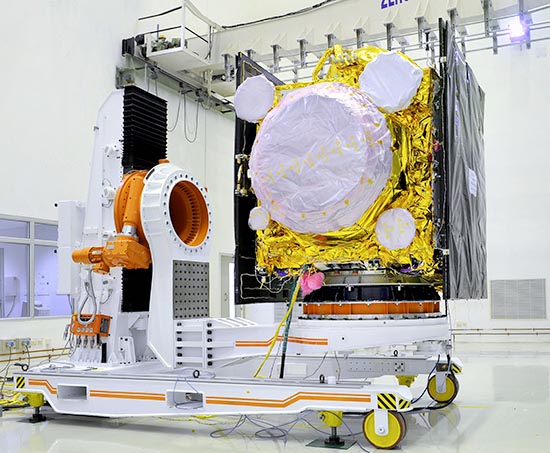- Joined
- Apr 29, 2015
- Messages
- 18,376
- Likes
- 56,709
Well well buddy, we have already got 29 lived in dange . Why risk more?strange !! so its the management problem then . not emotional or manpower shortage.. But chances of hitting the ship by rocket stages are really low.. Plus the launch from the Pad and faling of stages in the sea will take just 10- 15 minutes.. ISRO can request nearby planes and ship to halt for 30 mins.. why to call 3 days off??
GVT is Over Skeptical & over cautious.. as DOS , department of space comes under PM.. clearance is not given from above,top authority.. so ISRO cant do anything.. We shud blame the gvt for delay not ISRO..
There are foreign ships there too. So, we can't violate international protocol.









